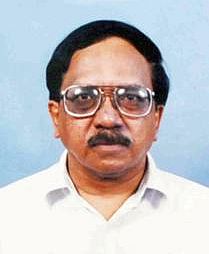
E.R. Ramachandran was born in 1942 in Belgaum. He has settled in Mysore after working in Government and Philips Organizations. He has contributed to the Hindustan Times, Cricketnext.com, and is a regular contributor to Churumuri and humour magazine Aparanji in Kannada.
I had written earlier how, in the 1950s, one travelled in Bangalore by BTS Route No. # 11 bus from Gandhi Bazaar to the Tata Institute of Science, Malleshwaram 18th Cross in a time slightly less than infinity.
That is only half the story.
From the same stop, started another bus, Route no. 16, which became an unofficial bridge between the City and Cantonment parts of Bangalore.
Unlike other buses, Route #16 had an air of authority and pomp for it took the inhabitants across the city to a place where the British stayed when they lorded over Bangalore. To a majority of citizens, Cantonment was Dandu in Kannada and ‘Kantrumentru' for villagers.
To get the bus started on a cold morning, the driver had to repeatedly crank the engine with a steel rod, which would propel the engine with ear-piercing sounds, making scores of sparrows fluttering around old buildings in the vicinity go momentarily crazy.